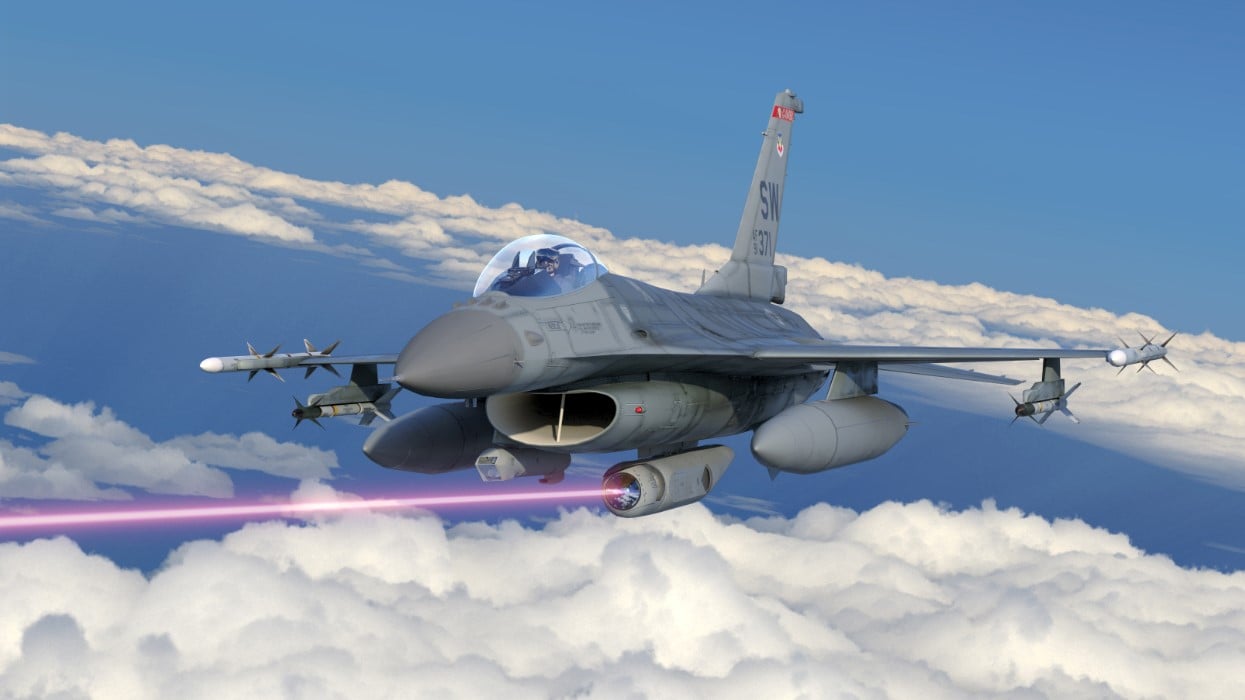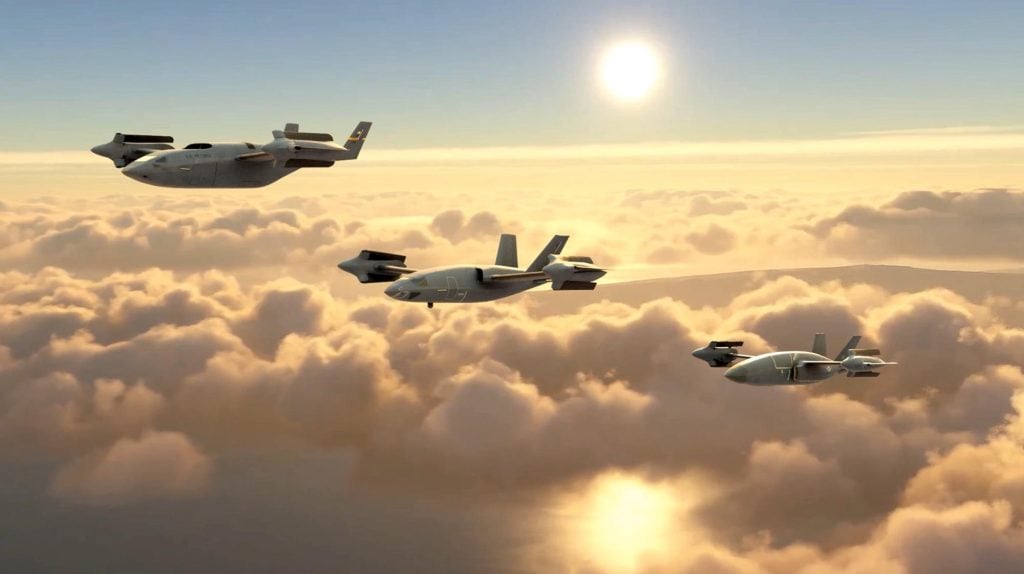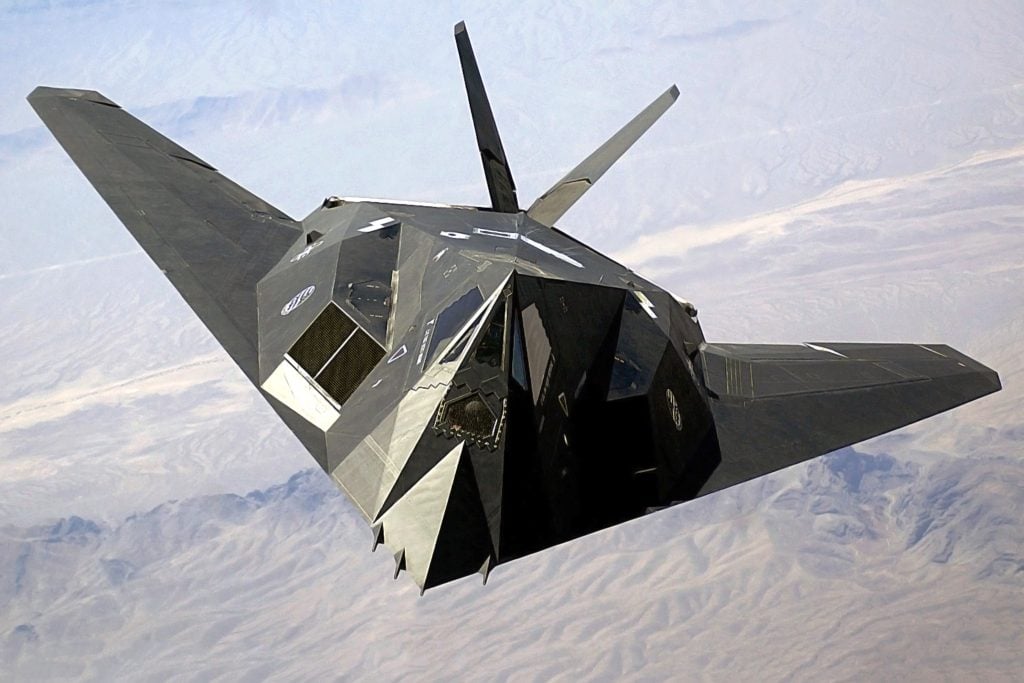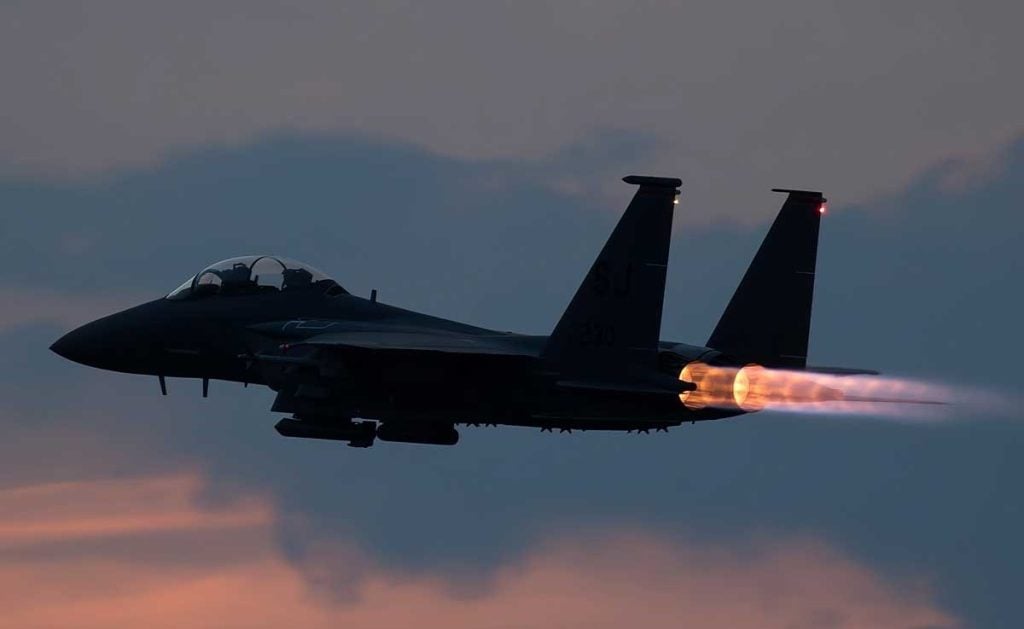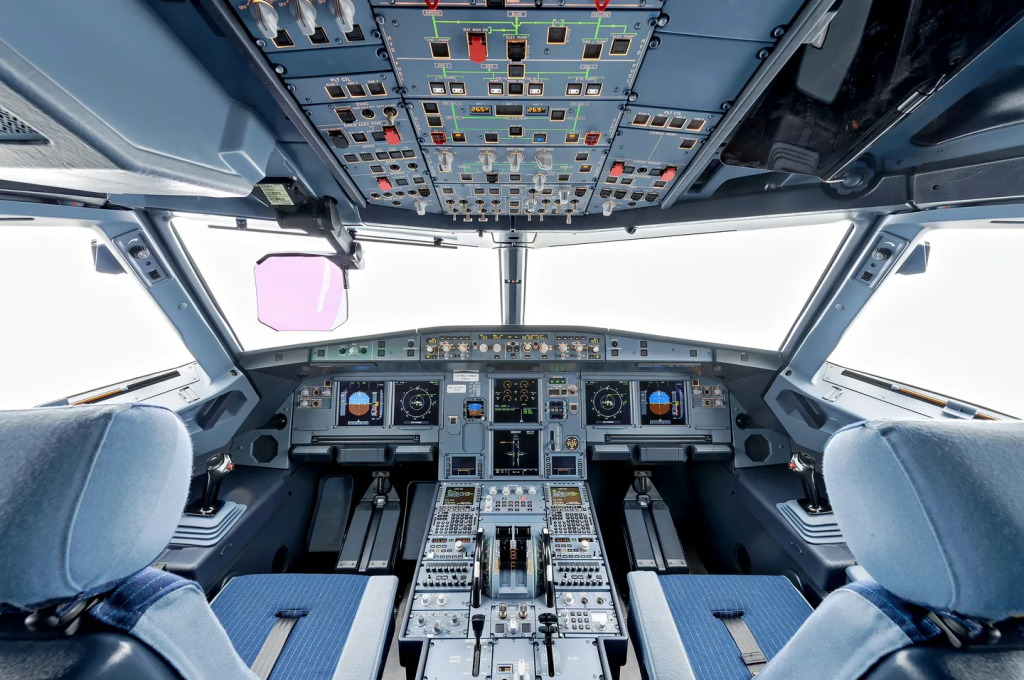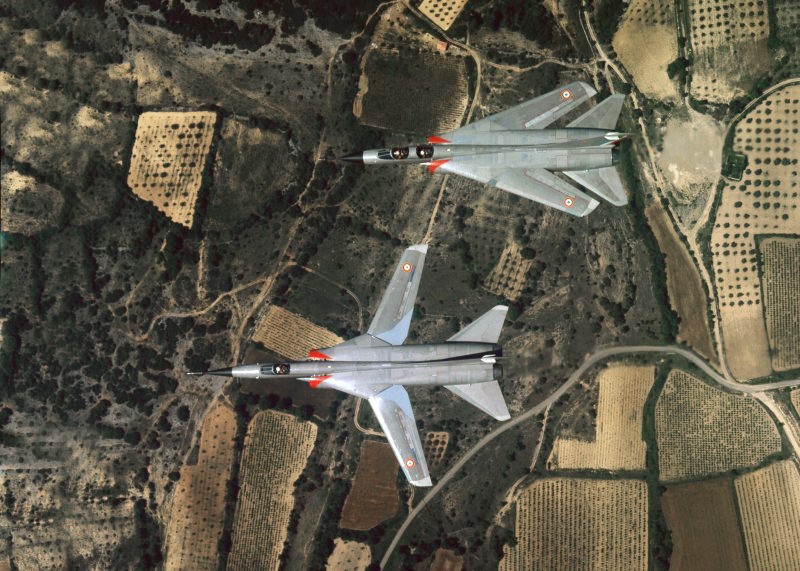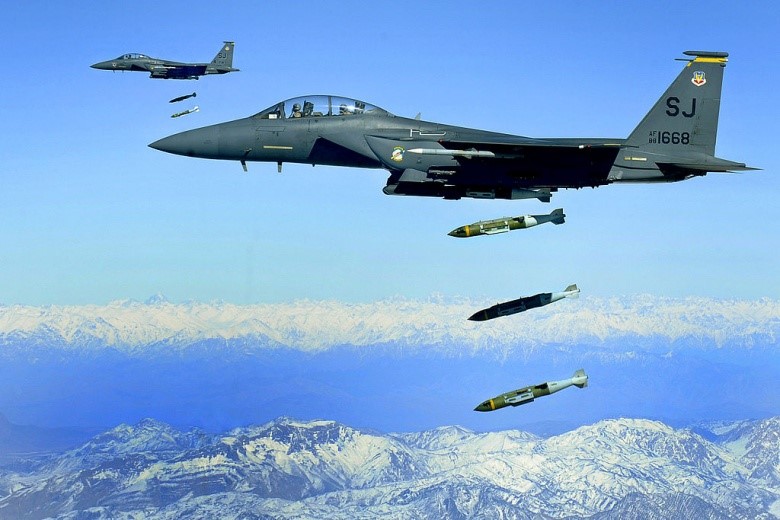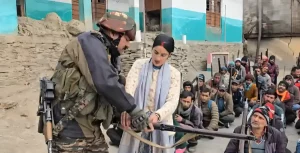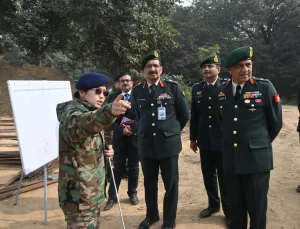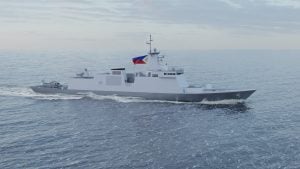The United States Air Force has long been at the forefront of military aviation, continuously pushing the boundaries of what’s possible. From the earliest days of flight to the modern era of advanced fighter jets and stealth bombers, American ingenuity and technological prowess have been instrumental in shaping the global balance of power. In this comprehensive article, we’ll explore How 5 New Technologies Are Shaping US Military Aircraft, enabling the US to maintain its position as the world’s preeminent air force.
What to Expect During Para SF Commando Probation
1. Stealth Technology
One of the most significant advancements in military aviation is the development of stealth technology. Pioneered by the US, stealth aircraft like the F-117 Nighthawk, F-22 Raptor, and F-35 Lightning II have fundamentally altered the way air warfare is conducted. These stealthy platforms leverage innovative design features and specialized materials to dramatically reduce their radar cross-section, making them nearly invisible to enemy detection systems.
The F-22 Raptor, for instance, boasts an incredibly low radar cross-section of just 0.0001 square meters, while the F-35 Lightning II clocks in at 0.005 square meters. This remarkable level of stealth allows these aircraft to operate in high-threat environments, penetrating deep into enemy airspace and carrying out precision strikes with minimal risk of detection or interception. The B-2 Spirit stealth bomber, with its distinctive flying-wing design, has further expanded the boundaries of stealth technology, enabling it to conduct long-range, low-observable missions.
2. Afterburners
Afterburners have been a crucial enabler of the US military’s aerial dominance, providing the thrust necessary for supersonic flight and combat maneuverability. These specialized engine components inject additional fuel into the exhaust stream, dramatically increasing the engine’s power output and enabling aircraft to reach speeds exceeding Mach 2.
The Pratt & Whitney J58 engine used in the legendary SR-71 Blackbird, for example, was capable of sustained Mach 3+ flight by leveraging its advanced afterburner system. This unparalleled speed allowed the SR-71 to evade enemy air defenses and gather critical intelligence with unprecedented efficiency. Other iconic US fighter jets, such as the F-16, F-15, F/A-18, F-22, and F-35, also rely on afterburners to achieve the high-speed performance required for air superiority and ground attack missions.
3. Fly-by-Wire
The advent of fly-by-wire technology has revolutionized the way US fighter jets are designed and flown. By replacing conventional mechanical flight controls with an electronic interface, fly-by-wire systems enable aircraft to be built with inherently unstable aerodynamic configurations, significantly enhancing their maneuverability and combat effectiveness.
The F-16 Fighting Falcon was the first combat jet to incorporate fly-by-wire, giving pilots “excellent flight control” and the ability to push the aircraft to its limits. This advanced technology allows the pilot to focus on the tactical aspects of the mission, while the onboard computers handle the complex task of maintaining stable flight. Fly-by-wire also offers numerous other benefits, such as reduced weight, improved reliability, and better damage tolerance, making it a cornerstone of modern fighter jet design.
4. Variable-Sweep Wings
While not as widely used in contemporary US military aircraft, variable-sweep wing technology has played a significant role in the past. By allowing the wing sweep angle to be adjusted in flight, these aircraft were able to optimize their aerodynamic performance for different flight regimes, from low-speed takeoff and landing to high-speed, supersonic combat.
Iconic aircraft like the F-14 Tomcat, Panavia Tornado, and B-1 Lancer leveraged variable-sweep wings to achieve impressive feats of speed and maneuverability. The F-14 Tomcat, for instance, could adjust its wings from a low-sweep configuration for takeoff and landing to a high-sweep setting for high-speed intercept and air-to-air combat missions. Similarly, the B-1 Lancer strategic bomber used variable-sweep wings to enhance its performance across a wide range of flight regimes.
While advances in flight control systems and structural materials have rendered variable-sweep wings less necessary in modern designs, the technology’s legacy lives on in the impressive capabilities of the aircraft that once employed it.
How UAVs Work in Air, Land, and Sea Operations
5. Precision-Guided Munitions
The development of precision-guided munitions (PGMs) has been a game-changer for the US military, significantly improving the accuracy and effectiveness of air-delivered ordnance. These advanced weapons, which include laser-guided bombs, GPS-guided missiles, and radar-guided anti-radiation missiles, have dramatically reduced collateral damage and increased mission success rates.
During World War II, the Allies often resorted to area bombing, leveling entire cities due to the inherent inaccuracy of unguided munitions. In contrast, the use of PGMs during the Gulf War accounted for only 9% of the total weapons fired, yet they were responsible for around 75% of successful hits. This level of precision not only minimizes civilian casualties but also allows aircraft to carry more bombs and strike a greater number of targets than ever before.
Precision-guided munitions like the AGM-88 HARM, AIM-120 AMRAAM, and Tomahawk cruise missile have become indispensable tools in the US military’s arsenal, enhancing the lethality and strategic impact of air operations while maintaining a high degree of discrimination.
Top 5 Key US Military Airbases Around the Globe
Conclusion
The United States Air Force’s commitment to technological innovation has been a key factor in its enduring dominance on the global stage. From stealth technology that cloaks aircraft in the skies to afterburners that provide the thrust for supersonic flight, these game-changing advancements have transformed the way the US military conducts air warfare.
Fly-by-wire systems and variable-sweep wings have further enhanced the maneuverability and versatility of US fighter jets, while precision-guided munitions have dramatically improved the accuracy and effectiveness of air-delivered ordnance. Together, these five technologies have solidified the US Air Force’s position as the world’s most capable and technologically advanced air force, enabling it to project power and defend American interests around the globe.
As the US military continues to push the boundaries of what’s possible in aviation, one thing is certain: the innovations of today will shape the battlefields of tomorrow, and the United States will remain at the forefront of this technological revolution.
FAQs
1. What is the new technology in the US Army?
The US Army is employing 3D printing to produce new types of munitions, expecting these to offer greater speed, extended range, and enhanced penetration. Additionally, the Army plans to use 3D printing to manufacture a military truck exterior as a single large component.
2. What are the technological advances for the military?
The postmodern era of military technology began in the 1940s, gaining recognition due to the high priority placed on scientific and engineering research and development during the war. This period saw advancements in nuclear weapons, radar, jet engines, proximity fuses, advanced submarines, aircraft carriers, and other military technologies.
3. How does technology help the military?
Transportation technology moves soldiers and weapons, communication systems coordinate the movements of armed forces, and sensors detect enemy forces and guide weapons.
4. How did technological advances in planes change military strategy?
Advancements in aircraft technology enabled the development of long-range bombers and faster fighter planes. As a result, World War II increasingly focused on air combat, with air superiority often determining the outcome of battles. A key strategy that emerged during the war was the bombing of city centers, such as London and Berlin.
5. What is the future of the US military?
The Army is progressing toward a future where soldier formations will become more efficient and lethal, driven by the integration of advanced technology on both the ground and in the air, according to the service’s chief of staff.
